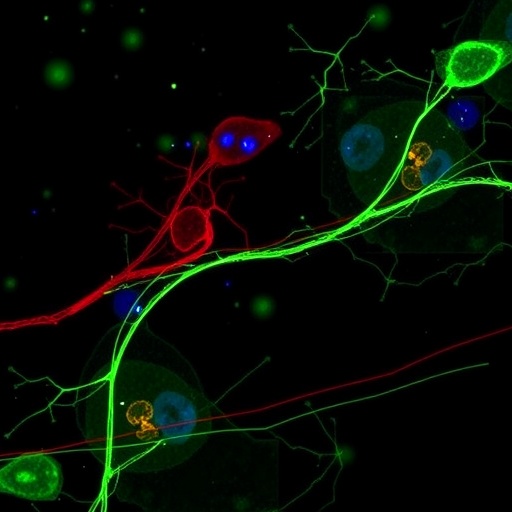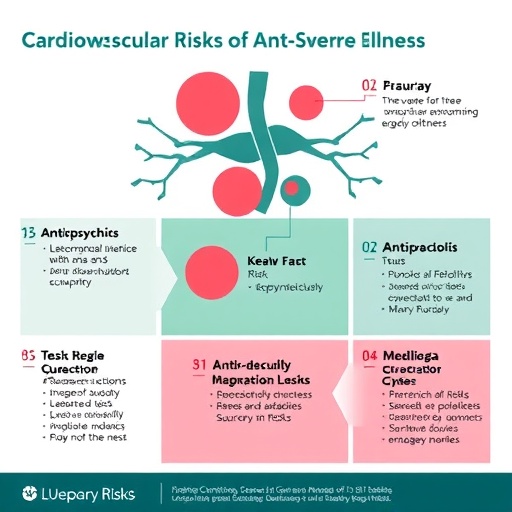Efficient autoxidation chain reactions demonstrated for the substance group of saturated hydrocarbons

Credit: Torsten Berndt, TROPOS
Thuwal/Helsinki/Leipzig. Alkanes, an important component of fuels for combustion engines and an important class of urban trace gases, react via another reaction pathways than previously thought. These hydrocarbons, formerly called paraffins, thus produce large amounts of highly oxygenated compounds that can contribute to organic aerosol and thus to air pollution in cities. An international research team has now been able to prove this through laboratory experiments with state-of-the-art measurement technology at the University of Helsinki and the Leibniz Institute for Tropospheric Research (TROPOS) in Leipzig.
The results of this interdisciplinary work provide crucial information about oxidation processes both in combustion engines and in the atmosphere – with direct implications for engine efficiency and the formation of aerosols, especially in cities, the research team writes in the journal Communications Chemistry, an open-access journal published by the Springer-Nature publishing group.
Oxidation processes play a major role both in the atmosphere and in combustion. A chain reaction called autoxidation is enabled by high engine temperatures. But it also acts as an important source of highly oxygenated compounds in the atmosphere that form organic aerosol, as researchers from Finland, Germany and the USA demonstrated in 2014. Autoxidation is one reason for ageing processes of organic compounds by oxygen from the air. It contributes to the spoilage of food and wine.
This chain reaction is initiated by the formation of peroxy radicals (RO2). The propensity of organic compounds to undergo such multistep autoxidation determines the ignition timing of fuels in engines and, on the other hand, the potential for the formation of low-volatility condensable vapours and consequently organic aerosol in the atmosphere. The extent to which multistep autoxidation takes place depends on the molecular structure of the organic compounds and the reaction conditions. Determining the different reaction pathways of peroxy radicals, which are important intermediates in all oxidation reactions, is crucial for the formation of the different reaction products and their key properties, which can ultimately affect both human health and the climate.
Since peroxy radicals are very reactive, their chemical reactions take place very quickly and individual reaction steps were thus overlooked for a long time. The discovery of highly oxygenated organic molecules (HOMs) seven years ago was only possible due to advances in measurement techniques. A special mass spectrometer (Chemical Ionisation – Atmospheric Pressure Interface – Time of Flight (CI-APi-TOF) mass spectrometer), that can monitor the very short-lived compounds, was used now to measure the radicals and oxidation products of alkanes. “Until now, there have been no studies on HOM formation from alkanes because it was assumed that their structure would be unfavourable for autoxidation,” reports Dr. Torsten Berndt from TROPOS. Methane, an important greenhouse gas, belongs to the group of alkanes. But the most important fossil fuels of the world economy from crude oil and natural gas also consist of alkanes: these include propane, butane, pentane, hexane, heptane and octane. New findings about the oxidation behaviour of this group of substances therefore have great relevance in many areas.
To gain a deeper insight into alkane autoxidation, experiments were carried out in the free-jet flow reactor at TROPOS in Leipzig in addition to experiments in Helsinki. The experimental set-up is optimised so that the gases do not come into contact with the walls during the reaction in order to exclude interferences of the results by wall processes. During the experiments, almost all reactive intermediates, RO2 radicals and their reaction products could be directly monitored. The interdisciplinary cooperation of researchers from combustion chemistry and atmospheric chemistry proved to be very useful, because in the combustion processes analogous processes take place as in the atmosphere, only at a higher temperature. “As a result, it became visible that not only isomerisation reactions of RO2 radicals but also of RO radicals are responsible for the build-up of higher oxidised products. The study made it possible to identify with the alkanes the last and perhaps most surprising group of organic compounds for which autoxidation is important”, Torsten Berndt concludes.
Even at high concentrations of nitrogen oxides, which otherwise quickly terminate autoxidation reactions, the alkanes apparently produce considerable amounts of highly oxidised compounds in the air. The new findings allow for a deeper understanding of autoxidation processes and give rise to further investigations on isomerisation reactions of RO radicals.
###
Media Contact
Tilo Arnhold
[email protected]
Original Source
https:/
Related Journal Article
http://dx.





